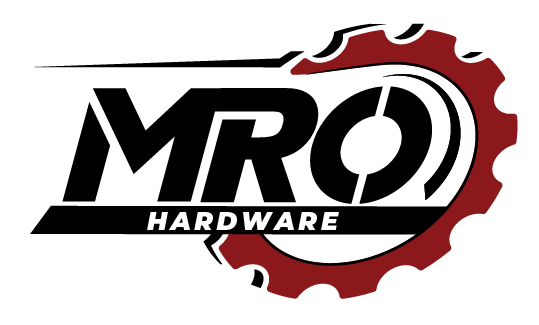Jobsite safety is paramount in any construction or industrial environment, where every tool plays a crucial role in maintaining the well-being of workers. Among the essential tools for ensuring a safe working environment are industrial razor blades, ladders, funnels, sponges, and safety knives, each serving specific purposes that enhance safety and efficiency.
Essential Jobsite Safety Tools
- Industrial Razor Blades: These are crucial for precise cutting tasks, reducing the risk of accidents caused by using inappropriate or dull blades. They are designed to handle tough materials, ensuring clean cuts and reducing the effort required by workers, which can prevent strain and repetitive motion injuries.
- Ladders: A fundamental tool on any jobsite, ladders must be sturdy and reliable. They enable safe access to elevated areas, and choosing the right ladder for the task can prevent falls. Regular inspections ensure they remain in good condition, free from defects that could lead to accidents.
- Funnels: Used for safely transferring liquids and fine-grained materials, funnels minimize spills that can lead to slip hazards. Ensuring that these tools are readily available where needed helps maintain a clean and safe work area, crucial in preventing accidents.
- Sponges: Often overlooked, sponges are vital for cleaning up spills quickly to prevent slip-and-fall accidents. They can also be used to safely apply and clean up hazardous substances when used with appropriate gloves.
- Safety Knives: Designed with safety in mind, these knives typically feature retractable blades, non-slip grips, and finger guards to protect users from cuts, one of the most common jobsite injuries. Training workers on proper knife safety and usage is as crucial as the tool itself.
Importance of Proper Use and Maintenance
Each of these tools must be used correctly and maintained properly to ensure they contribute to jobsite safety effectively. For example, ladders should be regularly checked for stability, razor blades should be replaced before they become dull, and safety knives should be stored safely when not in use to prevent accidental injuries.
Conclusion
The integration of these safety tools into daily jobsite operations significantly contributes to reducing the risk of injuries. By ensuring the right tools are used for specific tasks and maintaining them properly, workplaces can enhance safety standards and protect their workers more effectively. Remember, a safe jobsite is not only a regulatory requirement but also a foundation for productive and efficient operations.

